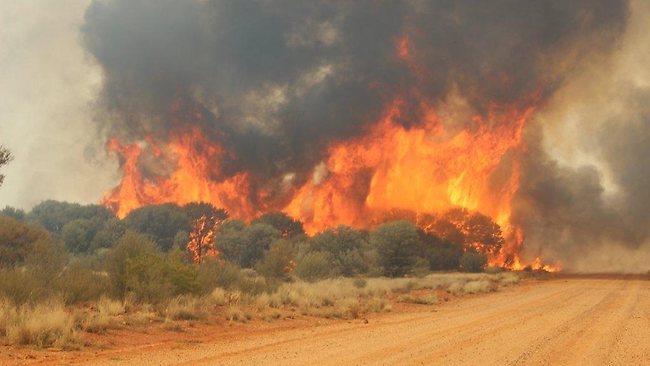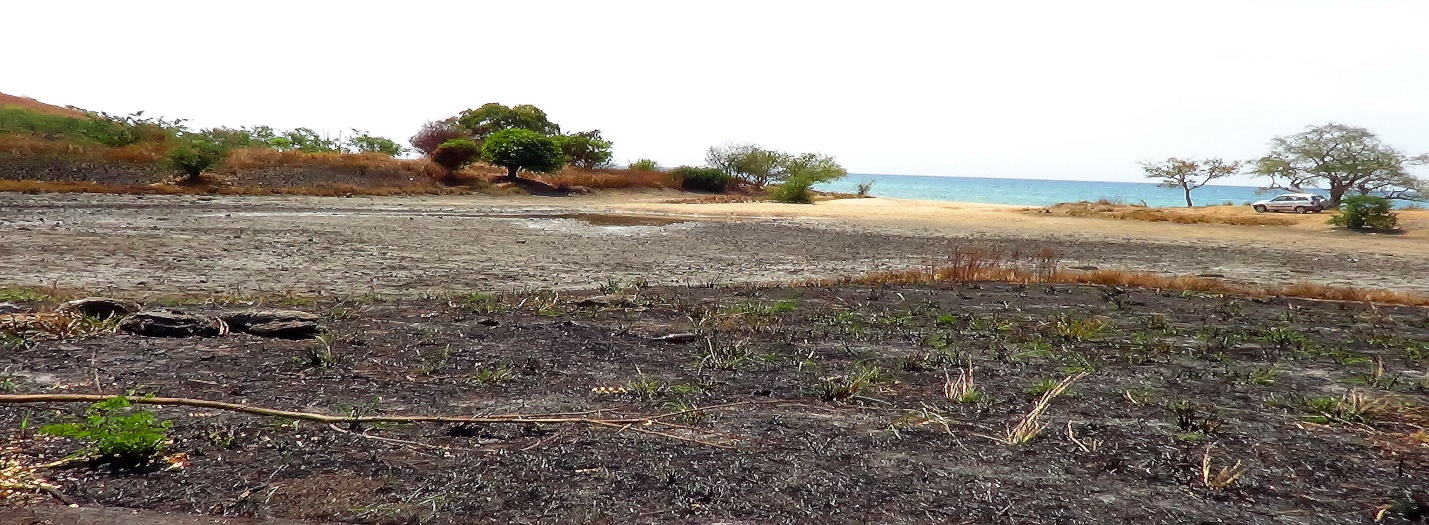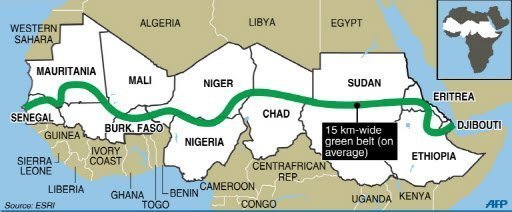As the dry harmattan season relatively sets in in most parts of Nigeria, especially the northern parts, a practice which has since become an integral part of the traditional farming process called the slash-and-burn practice, which in other words, is called the bush burning, is about to get underway. This practice is absolutely an unsustainable practice, which is adding more pressure to the natural environment especially in the aspects of adding greenhouse gasses to the environment, reducing soil nutrient and the disappearance of biodiversity.
What is bush burning?
The bush burning practice is defined as the process of clearing, gathering and burning of forestland for the purpose of preparing the land for crop or livestock production. This land being prepared for the farming practice is called the swidden. Traditionally, the practice has been carried out since time immemorial and considered as a method of replenishing the lands especially where shifting cultivation is adopted.
Initially, the practice was considered sustainable because the lands were allowed to fallow for so many years which within the period, the ecosystem is restored and secondary forests regenerate. But with increasing population growth, urbanization and industrialized farming systems which consistently exert pressure on the natural environment and the ecosystem, this practice is no longer sustainable. Primarily, the fallow periods have reduced and therefore, slash and burn practices have reduced critical forests into mere grasslands and shrubs. In essence, it has become another form of environmental degradation.

Bush fire (Credit: www.today.ng)
Environmental Impacts of bush burning
The environmental effects of bush burning in Nigeria cannot be overemphasized. The dangers of bush burning can be adduced to that of a double tragedy in that it affects human health and the environment. Healthwise, bush burning is known to be a public nuisance from the thick smokes soaring in the air causing suffocation as well as burning sensation in the eye among other physical hazards. On the environment, it leads to a variety of problems ranging from deposition of smoke on the ozone layer consequently increasing its depletion, habitat fragmentation, pollution of water and destroying the soil quality. Desert encroachment is also a consequence of bush burning.

Bush burning also causes desertification (Credit: https://www.bellanaija.com)
Human health
Bush burning poses an intense hazard to the health of anyone that comes in contact directly or indirectly. The heat from the burning itself is intense and has effects on the skin. Farmers and hunters burning bushes usually end up with scars and in many cases, where the fires are uncontrolled, it could result in wild fires destroying forests and human settlements thereby with huge financial implications and possible loss of human lives.
Bush fires in Nigeria have serially been discouraged in many quarters of the country and it has even outlawed in states like Nasarawa and Kogi. Bush burning causes breathing difficulties and triggers asthma because of the excessive mucus secretion in the bronchial tubes from the burnt-out oxides of Nitrogen and Sulphur. Gases from the burning of bushes have the potential of causing eye deficiencies and cause visibility discomforts to motorists which can be devastating to some degree.
Destruction of soil and water quality
Setting up bush fires for land preparation and for hunting purposes have tendencies of reducing the quality of soil and its nutrients as well as the quality of nearby water bodies. This is so because bush burning results in the destruction of vegetation cover with leaves the soil susceptible to severe erosion and desertification. Now as erosion continues unabated, the washed off soils results in an increase in the sedimentation of streams which in turn adversely affects stream flow. The sediments are usually mixed with minerals and compounds of nitrogen and phosphorous which aid and abate the growth of organisms such as algae which deplete the quantity and supply of oxygen necessary for the survival of aquatic organisms. The sediments deposited into the streams also migrate into drinking waters which reduce water quality and this could be harmful to health.
Habitat fragmentation
By habitat fragmentation, the concept is best explained as the loss of vegetation cover which serves a dual purpose as food for herbivorous animal species and also as a balance for the gaseous exchange between the various species in tropical regions. When this vegetation is lost, many species which depend on them for food lose a means of livelihood and will have to migrate to other areas where they can find a more fitting habitat.
The effects of bush burning do not only result in health risks and deplete the ozone layer through the release of Nitrogen, sulphur and carbon dioxide as well as methane gases, but also severely deplete the population and concentration of wildlife, plant species and animal habitats, especially the endangered species. Bush burning for hunting practices has destroyed giant rats, antelopes, African hare and grasscutters and much other wildlife. This has significantly resulted in the depreciation of tourism potentials.
Wildfires always come with huge financial implications. The 1982/83 wildfires in Nigeria has been estimated to cost the country over N90 million with some loss of lives. In the United States, wildfires statistics showed that between 1990 to 2000, wildfires cost the country an average of $1 billion annually. This has since which tripled to $3 billion from 2002.
The practice of bush burning or slash-and-burn has become a sociocultural practice in many societies in Nigeria but its effects on the environment and on human health need not be overemphasized. It has become necessary that this ‘norm’ be discouraged in its totality so that we can avoid its many hazards. Farming practices must be made sustainable in all stages and enforcement on laws of bush burning must be made strict and stringent. The responsibility of preserving the environment rests on the shoulders of each one of us. Take action and stand for sustainability.
Blog written by Abdulmumin
 Abdulmumin Tanko has a master’s degree in Civil Engineering with an insatiable desire for research and writing. A staunch environmental enthusiast and a fervent campaigner for environmental consciousness, he works to break the silence and end the nescience, largely responsible for environmental indiscretion. . He believes that a serene and safer environment begins with YOU. Follow him on Twitter @Tikaysmalls
Abdulmumin Tanko has a master’s degree in Civil Engineering with an insatiable desire for research and writing. A staunch environmental enthusiast and a fervent campaigner for environmental consciousness, he works to break the silence and end the nescience, largely responsible for environmental indiscretion. . He believes that a serene and safer environment begins with YOU. Follow him on Twitter @Tikaysmalls



Quite a post to delve on. But my take on it will be what is the government doing? My assertions are that these rural communities lack many agricultural inputs, source of fuel for their daily lives and so on. I think first and foremost for us to succeed in the battle against Bush burning, we have to provide incentives to these people in terms of adequate financing, social amenities, agricultural inputs and better source of fuel which in no doubt will aid and abate the fight against Bush burning practice. Left to me, if these are not met, it will be just a mere dream to achieve it.
Thank for your message, Awwal. Yes, we always ask what the government is doing about many environmental indiscretions. This is what we are campaigning for, for sustainability in all spheres of human activity.
Thanks for your contribution, always make such as we look forward to engaging the authorities on their actions and activities.
– Abdulmumin
Pingback: Why Environmental Education Should be Taken Every Where; Both Rural and Urban Areas | Green Habitat Initiative